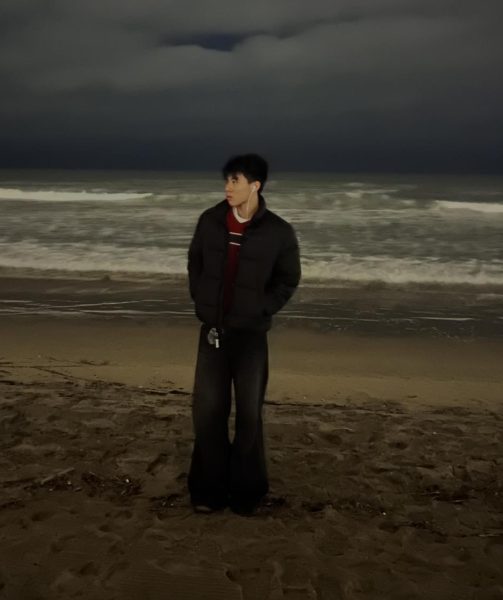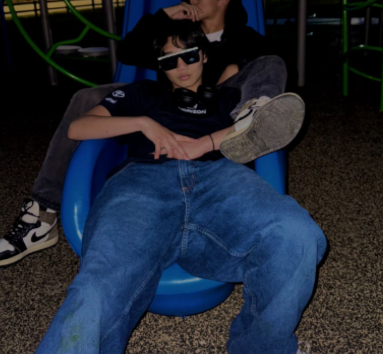Zach Cregger’s “Weapons” entered the movie scene in August 2025, earning both box office success and critical praise. One night, 17 children from the same elementary school classroom walk out of their homes at exactly 2:17 a.m., leaving behind only one student, Alex, who does not vanish.
At its best, “Weapons” is a feast for the eyes. The cinematography establishes a creeping dread, using shadowed frames that make familiar suburban neighborhoods feel unsettling. The editing structures the film into multiple perspectives that overlap one another. A teacher, parent of one of the students that vanished, police, principal, and the one remaining child. The use of different perspectives allows unsettling details. Practical effects add texture to the horror, whether it’s the synchronized walk of the children in the early scenes or more visceral set pieces later in the film. Combined with chilling sound design and a haunting score, the film delivers a mood that feels both grounded and otherworldly.
Andrew Garcia, a senior at Mark Keppel, said, “The CGI looked so real, especially with the gore.”
The performances elevate the material. Justine Gandy, played by Julia Garner, is a teacher that shows her guilt, fear, and determination to find the missing students and clear her name from the news. Josh Brolin plays Archer, a father trying to process his grief. His portrayal feels raw and human, even as the story around him gets strange. And Cary Christopher plays Alex, the lone child who didn’t leave.
Garcia also commented, “The acting felt genuine- I thought I was watching a father dealing with the absence of his kid. I could feel his emotions through the screen.”
Still, for all its craft, the film leaves holes in its storytelling. The central event of 17 children walking out of their homes simultaneously is surreal, but the film’s rules surrounding the phenomenon are not always consistent. At times, the explanations are deferred or obscured to the point of confusion, leaving audiences unsure whether the lack of answers is intentional or a narrative gap. Some of the character arcs and revelations also feel more like shocks than natural progressions, adding to the sense that the story is designed for effect rather than making any actual sense.
Nathan Amador, a senior at Mark Keppel, said,“The movie is called ‘Weapons’, yet the only thing that correlated to the title was a random floating gun on top of a house in a dream that the dad had.”
The mythology the movie introduces, particularly with the figure of Aunt Gladys who offers ominous allusions to rituals and powers that are never fully explained. The pacing contributes to the imbalance. The film spends much of its runtime carefully building dread, only for the final act to escalate rapidly, stacking twists on top of one another which makes viewers have a hard time processing what happened.
Joseph Cao, a sophomore at Mark Keppel, said, “Aunt Gladys uses some sort of a ritual to possess people and make them do things she wants them to do. It’s cool but I wish the movie went more in depth with how Aunt Gladys found out she could do that.”
Overall, “Weapons” is a memorable horror film because it dares to be strange. It doesn’t aim to scare, but to unsettle, provoke, and linger in your mind. It may not make perfect sense, but what it lacks in storytelling, it delivers with unforgettable images and strong acting. Whether its ambiguity feels like brilliance or oversight will depend on the viewer, but there’s no doubt that the film will stay in the viewer’s mind.






















